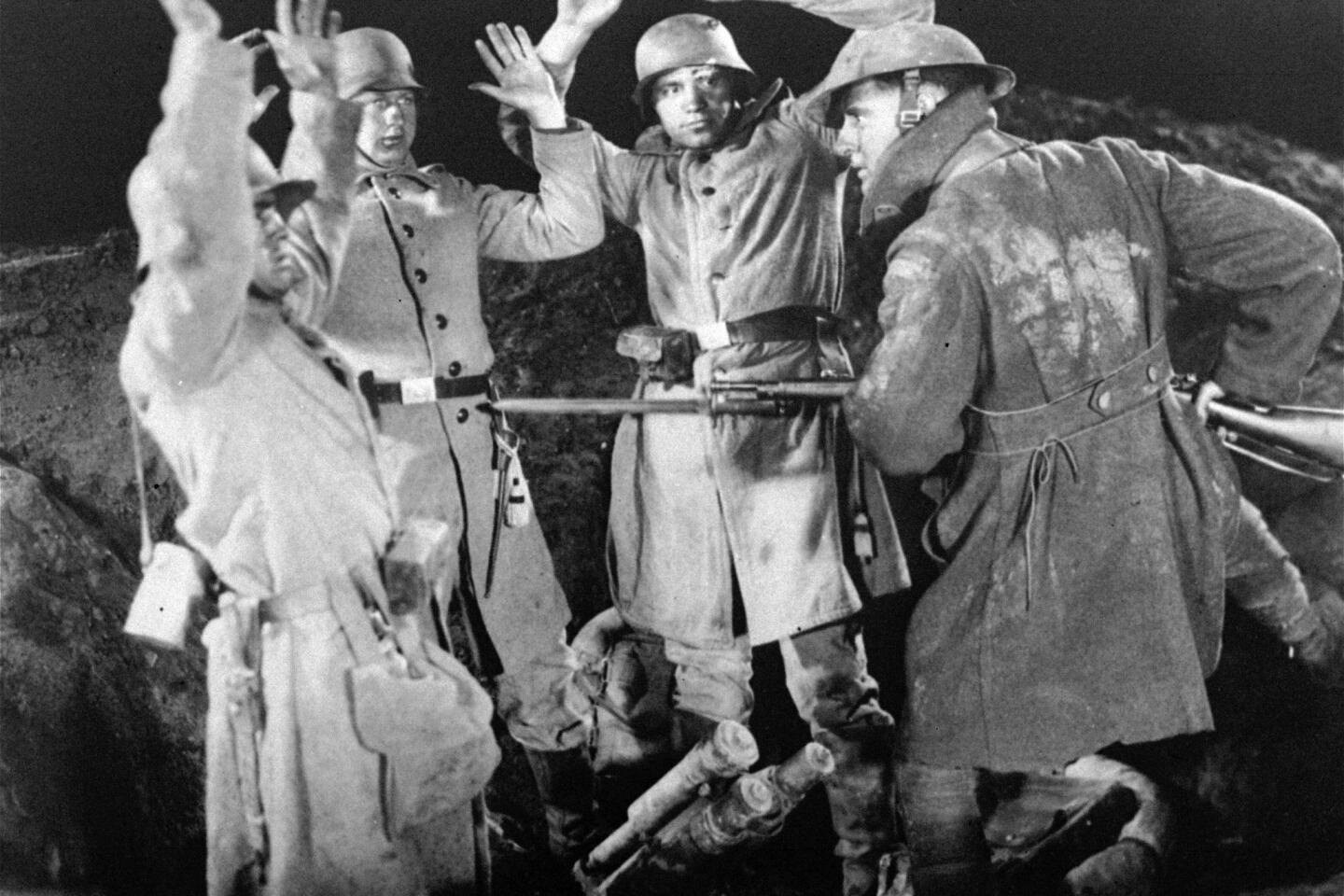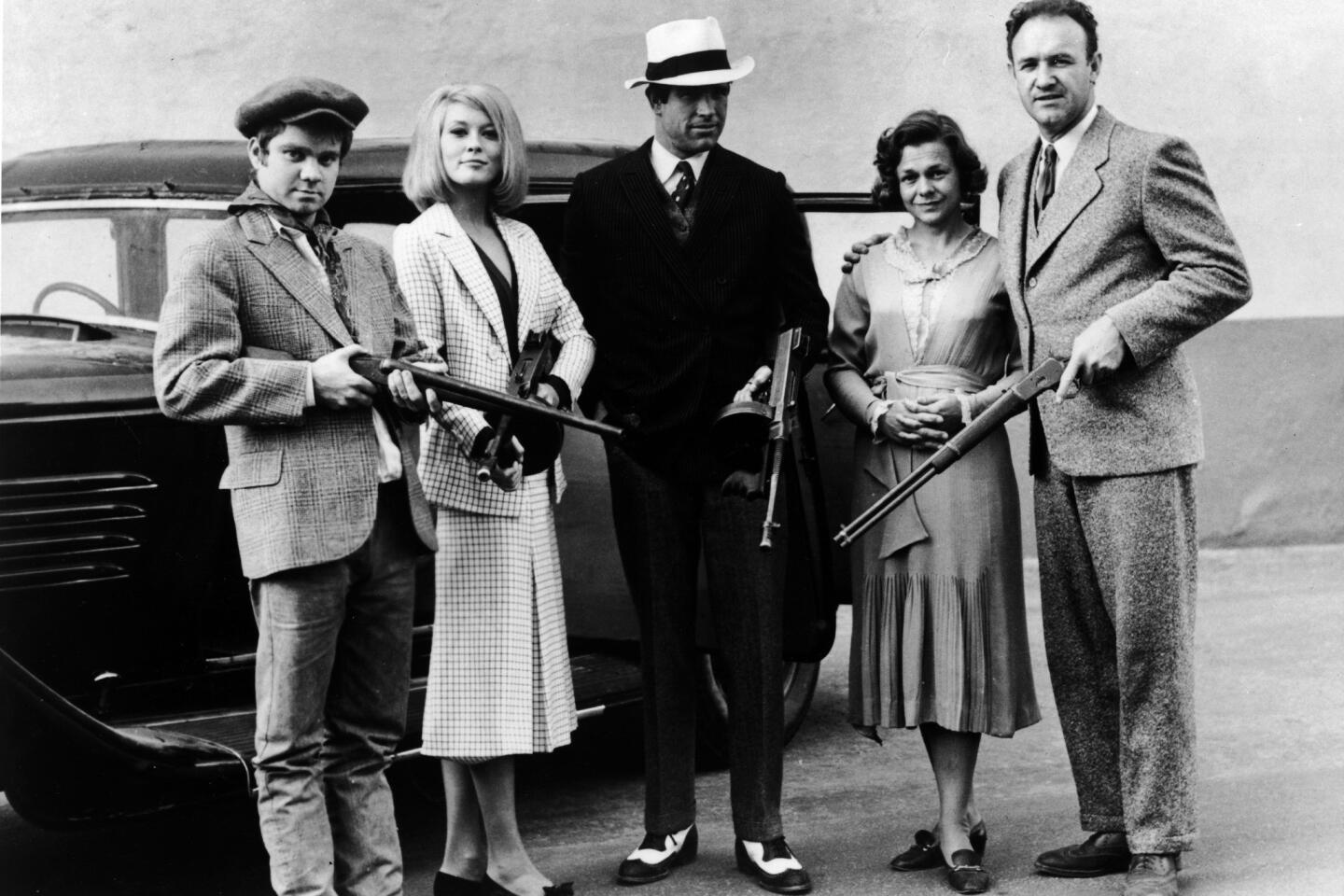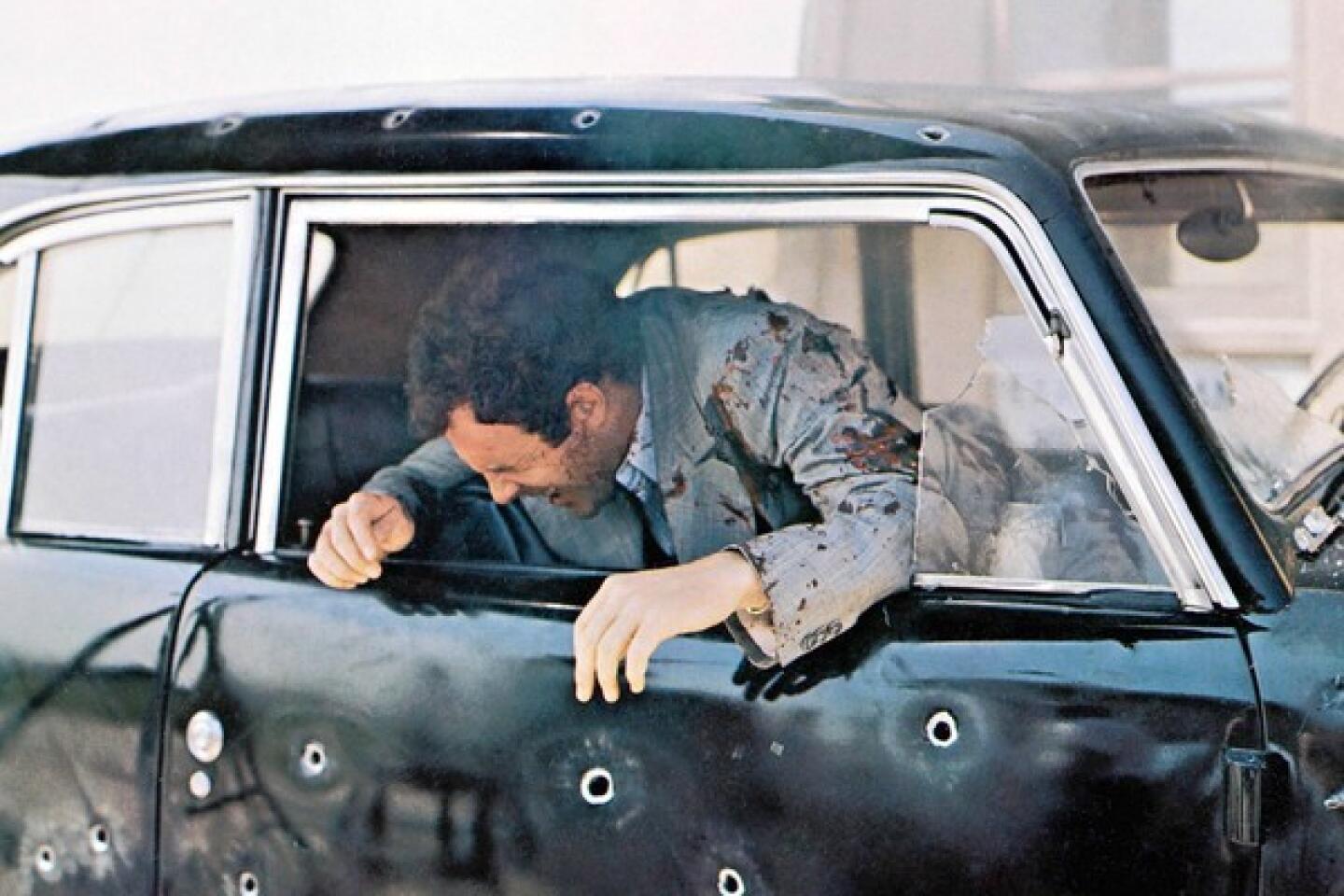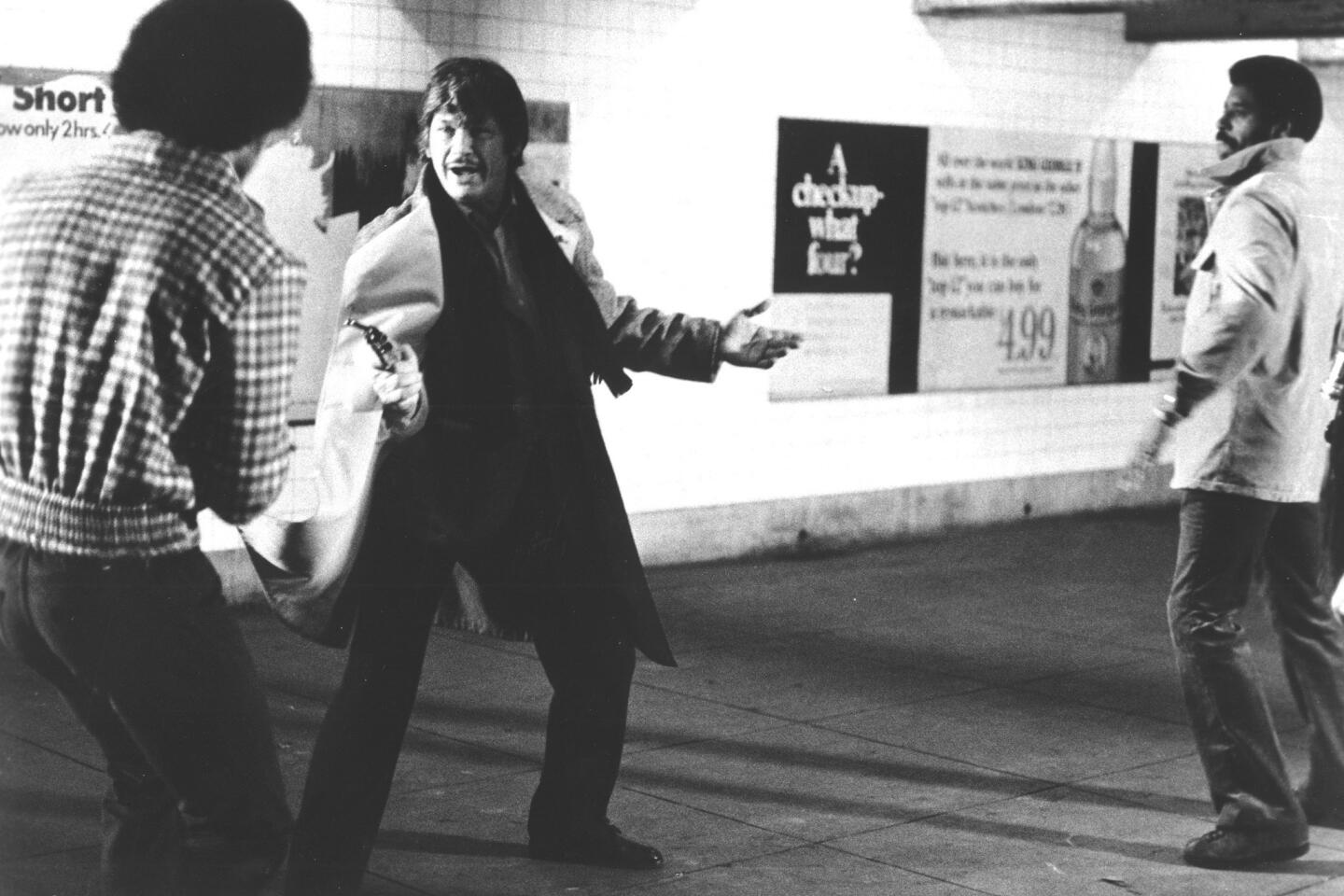Violent entertainment and behavior: Study results are mixed
- Share via
As part of a broader gun control plan he announced last month, President Obama said he will push Congress to fund research into the causes of gun violence — including, potentially, the role of entertainment.
Researchers have been tackling the subject of links between violent entertainment and violent behavior for years, often coming to divergent conclusions. Here are a few intriguing findings:
In a 2009 study called “Comfortably Numb,” psychologists at the University of Michigan, Vrije Universiteit in Amsterdam and Iowa State University found that exposure to violent media numbs people to the pain and suffering of others. In one part, 320 college students played a violent or a nonviolent video game for 20 minutes. Afterward, while they completed a lengthy questionnaire, participants heard a loud fight in which someone was injured outside the lab. Those who played the violent games took 450% longer to help the injured victim, rated the fight as less serious and were less likely to hear the fight in comparison to participants who played nonviolent games.
THE CULTURE OF VIOLENCE: Art | Film
In the second part of the study, 162 adults attending violent and nonviolent movies witnessed a young woman with an injured ankle struggle to pick up her crutches outside the theater. Those who had just watched the violent movie took 26% longer to help than those who hadn’t.
In 2008, economists at UC Berkeley and UC San Diego presented a paper that credits violent films with actually making the nation safer, because of a phenomenon they called “voluntary incapacitation” — essentially, when potential criminals were in dark theaters chomping on popcorn, they were less likely to commit acts of violence.
Studying crime data and film release schedules between 1995 and 2004, the researchers found that on weekends when violent films were in theaters, the number of assaults in the U.S. decreased by about 1,000. “The results emphasize that media exposure affects behavior not only via content, but also because it changes time spent in alternative activities,” the researchers wrote.
THE CULTURE OF VIOLENCE: Television | Video Games
In 2008, psychologists at Texas A&M University studied 428 undergraduate students, measuring their aggression levels, video game habits, exposure to family violence and violent criminal behavior through a series of questionnaires. The strongest predictors of violent criminal behavior were a male gender and exposure to physical abuse. Once those factors were controlled for, playing violent video games was not a predictor of criminal violence. But, researchers wrote, aggressive individuals already prone to committing violent acts may use games as a “stylistic catalyst,” effectively modeling their violence on a game they’ve played.
More to Read
Only good movies
Get the Indie Focus newsletter, Mark Olsen's weekly guide to the world of cinema.
You may occasionally receive promotional content from the Los Angeles Times.
















